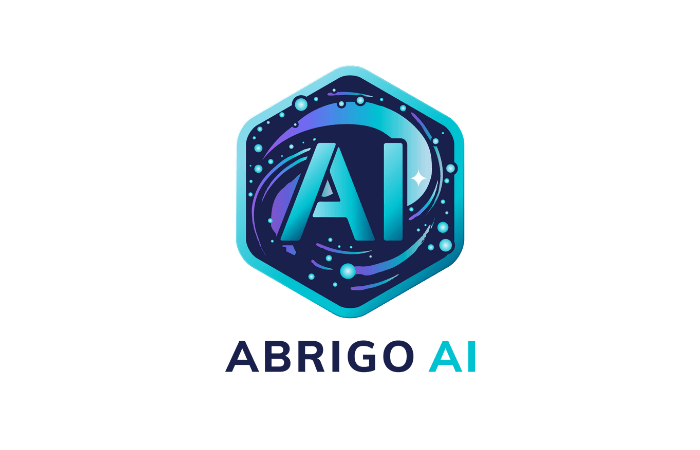Redefine the way you do lending
Technology that transforms loan origination for banks and credit unions
Abrigo is revolutionizing the way you do business with your customers. We are transforming loan origination with innovative technology. Our new AI-powered capabilities boost efficiency. This enables you to process and book loans faster than ever.
The Abrigo lending platform is designed for banks and credit unions. It helps you support your customers' success with a single solution. This platform enables you to originate different types of loans. These include commercial, CRE, consumer, construction, agriculture, and small business loans. All of this is available in one streamlined platform.
Better for Borrowers
Meet the convenience and speed expectations of your customers with improved technology.
Increased Efficiency
Use a single point of data entry, workflows, and notifications to make loans faster.
Enable Scalability
Increase your staff’s throughput by making the life of a loan easier to manage.
Drive Profitability
Measure and improve customer and relationship profitability.
Achieve Accuracy
Accurately spread loans and calculate ratios with global cash flow analysis.
Improve Consistency
Ensure consistency in documentation and decisioning across your institution.
Abrigo’s loan origination software enables your institution to automate critical processes and break down data silos, enhancing efficiency and reporting capabilities. This integrated solution provides valuable insights, supports scalable growth, and drives revenue expansion.
Specialized loan origination products
Agricultural Lending
Abrigo’s agricultural lending software supports more consistent and profitable farm lending. Confidently underwrite, service, and grow your agricultural loan portfolio with an integrated, transparent platform.
Commercial Lending
Abrigo’s commercial lending software accelerates decisions and strengthens borrower relationships. Streamline data entry, integrate CRM capabilities, and enhance workflows to help community financial institutions grow loan portfolios efficiently.
Construction Lending
Abrigo’s construction loan administration software streamlines residential and commercial project management. Use automated workflows, real-time reporting, and mobile access to manage approvals and track progress efficiently.
Consumer Lending
Abrigo’s consumer loan origination software boosts profitability and customer relationships. Simplify data entry, apply consistent business rules, and use automation to deliver faster, more profitable credit decisions.
Credit Risk
Abrigo’s credit risk software streamlines the loan lifecycle from underwriting to closing with one-time data entry. Automate credit spreading, risk rating, and servicing to ensure consistent policy application and improved team collaboration.
Small Business Lending
Abrigo's small business loan origination software eliminates bottlenecks and automates decision-making. It integrates alternative data sources and transforms risk management. This allows you to confidently grow your small business client base.
Abrigo's clients outperform the market
Our customers saw loan growth that was 38% higher on average than the market.
Our customers on average had twice the improvement in efficiency ratio as the market.
Our customers achieved efficiency ratio gains even as they increased loans per employee by 30%.
Our customers generated higher yields (by an avg 12 bps) on their commercial loans than the market.
Introducing new AI capabilities
Abrigo Lending Assistant

Accelerate lending and reduce manual errors. The Abrigo Lending Assistant extracts important data, drafts loan narratives, and validates documents. This streamlines workflows, allowing lenders to focus on more impactful tasks.
This solution is available as an optional extension to Abrigo’s LOS.
Abrigo AI hub“Our turnaround time improved tremendously...because we were able to customize it and tailor it so we could get all of the information we needed for underwriting upfront."
- Rebecca Abraham, Chief Credit & Risk Officer
Integrated systems
Enhance customer onboarding
Account opening at financial institutions can often be slow and manual. With Abrigo’s account opening software, banks and credit unions can accelerate the process. This software creates a digital experience that simplifies document management and processing. Streamline this process for both commercial and consumer accounts on a single system today.
Digital account opening software
Resources on Lending & Credit Risk
Loan Automation Impacts
See the stark, step-by-step differences of automated and manual loan origination processes.
Optimizing the Life of a Loan
Walk through the Sageworks Solution to see how you can increase efficiency and improve the overall borrower experience.
4 Criteria Needed for Your LOS
Not every loan origination system (LOS) is built the same. Here are four important matters to consider.


